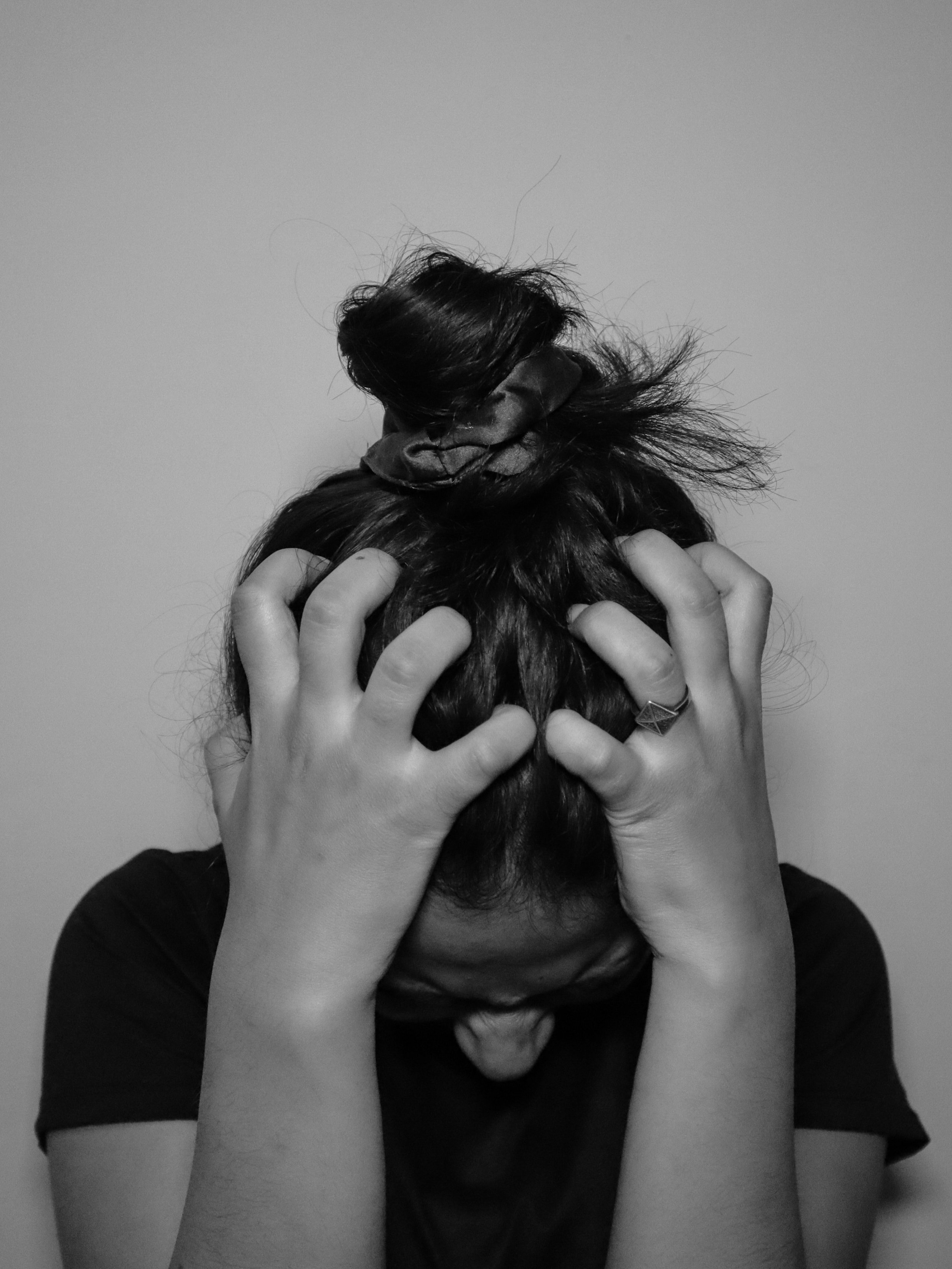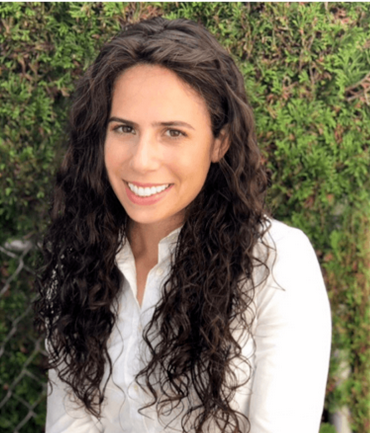What’s The Purpose of Anger?
Why do we get angry? What’s the purpose of anger, and how do we deal with it when it feels SO overwhelming and intolerable?
This week’s episode was born out of an idea that popped into my head while reading an emotions book for toddlers. I know, right?
Side note: I generally don’t love emotions books or deliberate teaching about emotions to children. I’m a therapist, and I refuse to have “typical therapist” mushy kids who only talk about emotions. But that’s another story 🤷🏻♀️
The book identified four different emotions: anger, sadness, frustration, and happiness. The whole premise of the book was teaching children to recognize when they’re having those emotions, and to figure out how to put words to them– so they can better communicate with others, get what they need, and then move on.
This fundamental message is so important.
Although it’s perhaps too sophisticated for a toddler to understand why their emotions are happening, bringing this type of awareness in is the beginning of putting those pieces together.
Our emotions are here for a reason. They’re not here to annoy us, and they’re not here so we will suffer. They’re here for a VERY specific reason. (Well, maybe they’re here to annoy us for the purpose of us paying attention to them. Kind of like a baby’s crying is not pleasant to listen to for a reason.)
And if we can tap into what that reason is, then we can interact with the world in a way that’s closer to our values, that is more communicative, and that feels better to us.
Listen to the Episode Now
Physical Sensations Example
To understand the purpose of emotions, let’s consider the physical sensation of touch.
You can sense something that’s hot through touching it – like a stove – and your instinct is to remove your hand because it’s painful. The pain lets us know “Don’t touch this, because it’ll burn you.”
It’s not a COMFORTABLE feeling, obviously; but the discomfort has purpose, and the purpose is to let you know to do something different. Imagine if you’d ignore that discomfort. Like, “Oh, I don’t like that feeling so I’m going to push it away.” You’d probably get really badly burned. Not good.
So when we talk about emotions: anger, sadness, frustration, guilt, regret… none of these are pleasant feelings but they are really necessary to tell us how to interact and behave.
The point is that they’re trying to tell you something… and if you can get in tune with what your emotions are trying to tell you, then you have struck gold – because you’ll know exactly how to respond.
Anger
Anger is one of those visceral emotions. It's the kind of thing that makes our blood boil. It feels physically uncomfortable, and creates tons of energy inside us (hence people saying they need to hit something or scream when they’re angry).
Anger lets us know that something or someone has violated our boundaries. It lets us know there’s a threat, and it’s our body’s way of mobilizing aggressively to stand up for ourselves and protect us.
Think about different situations that made you angry. In that situation, did anything pose a threat to you, such as…
A person
An interaction
A piece of information
I’m not saying there was a physical threat of danger – but there was SOMETHING that felt dangerous. We perceive an emotional danger the same way as a physical danger.
Anger as a Tool
Think about when someone does something to piss you off, for example. Why did that make you angry? What happened in that interaction? Was there to purpose of anger?
Oftentimes, people get angry when someone has violated our boundaries. Maybe someone was intrusive – they wanted something from us we didn’t want to give, or they wanted us to think or act a certain way. Whatever it might be, anger lets us know that it was past the line of what we’re comfortable with.
When we feel angry, this lets us know where our boundary is drawn. Otherwise, we have no idea. Anger is the tool that lets us know where our boundaries start and end.
Communicate Your Boundaries
So the next time you’re in the shower, yelling at whoever it is in your mind, think about how you can actually say some of those things to them as a way of laying boundaries, so they know it’s not acceptable to you.
Because otherwise, this kind of thing will brew, and you will suffer from harboring anger… and all the while, the other person has NO idea they’ve crossed your boundaries.
Think about people who get really angry in political debates or on social media. There’s something about someone taking such a strong stance against someone else’s values or beliefs that makes us feel threatened. It’s natural to want to stand up for ourselves (or others).
Now, I’m not encouraging spewing our anger on social media. Probably not the best venue for it, and that person probably isn’t going to listen – but your anger lets you know what’s important to you and what you need to stand up for.
Our anger can enable us to get what we need – to actually implement change. If you think about the times you’ve stood up for yourself to get what you want – EVEN if you’re terrified of confrontation – it’s probably because you’ve been angry enough. You’re sick and tired of being angry, and you decide it’s time to say something.
Questions to Consider
So when you decide to look at yourself and your anger, ask yourself this:
Anger, what are you doing here?
What are you trying to tell me?
What do I need to do in order to let you go?
That will help you know where your boundaries are and what you need… and you’ll be able to start implementing real change in your life.
Tweetable Quotes
“An emotional danger is something we perceive the same way as a physical danger.” – Rachelle Heinemann
“When we feel angry, it lets us know where that boundary is drawn. Otherwise, we have no idea where we start and end. Anger is the tool that lets us know where that line is drawn.” – Rachelle Heinemann
“Beyond the information that [anger] provides for us to let us know what our boundaries and values are, it enables us to get what we need, to actually implement change.” – Rachelle Heinemann
More From Rachelle
Hey there! I’m Rachelle, the host of the Understanding Disordered Eating Podcast. As a Licensed Mental Health Counselor, I work with clients to make sense of life’s messy emotional experiences.
I believe in the power of deep work and its positive impact on your life in the long term. Learn more about how we can work together here.
Sign up for my weekly newsletter for even more!
You can connect with me on Instagram, through my website or email me directly clicking the links below.
Subscribe & Leave A Review!
If you enjoyed this episode, you can show your support by leaving a review, subscribing, or sharing with someone who may need help. Click here to open this show in iTunes and leave a five star rating and review.


